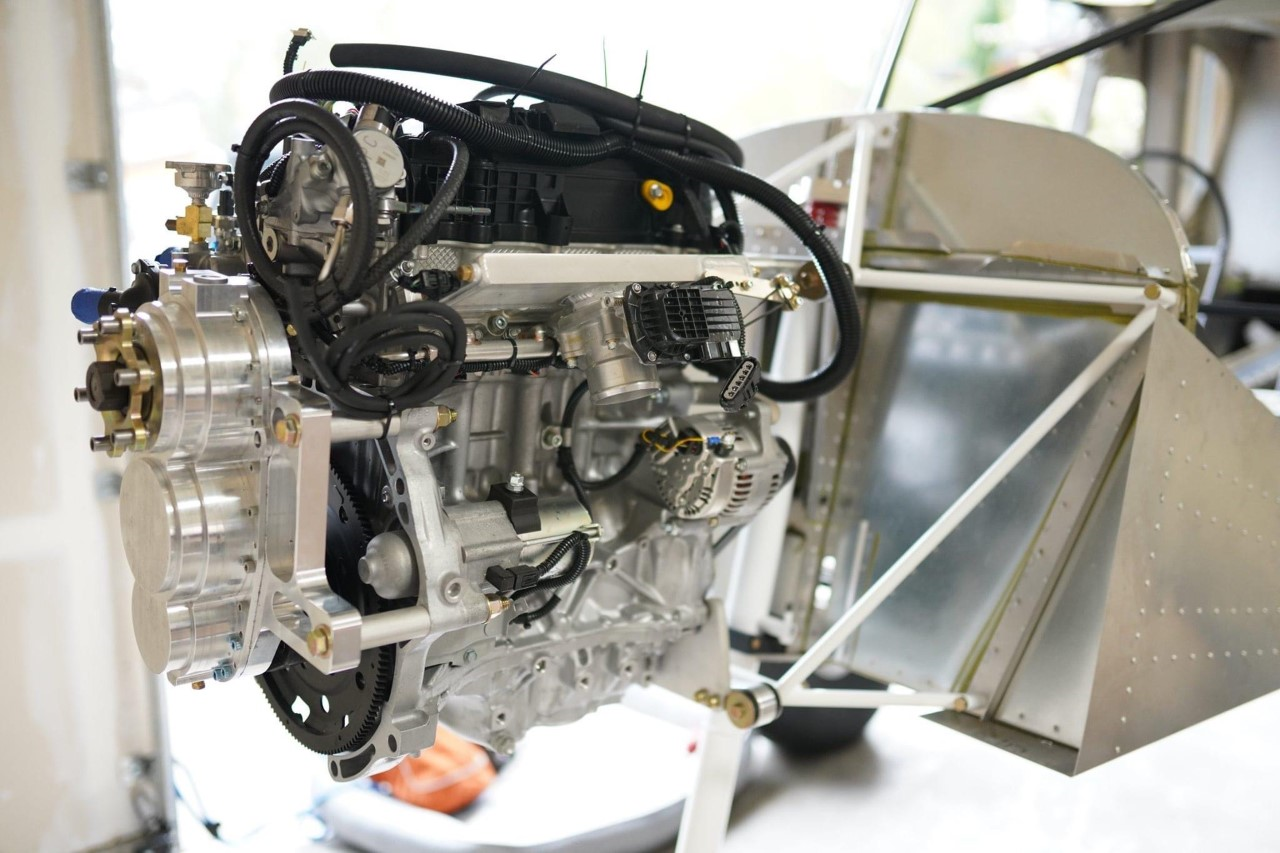The Viking 195 Turbo
We have multiple engine options available and will help you find what engine will work best for your mission and application.
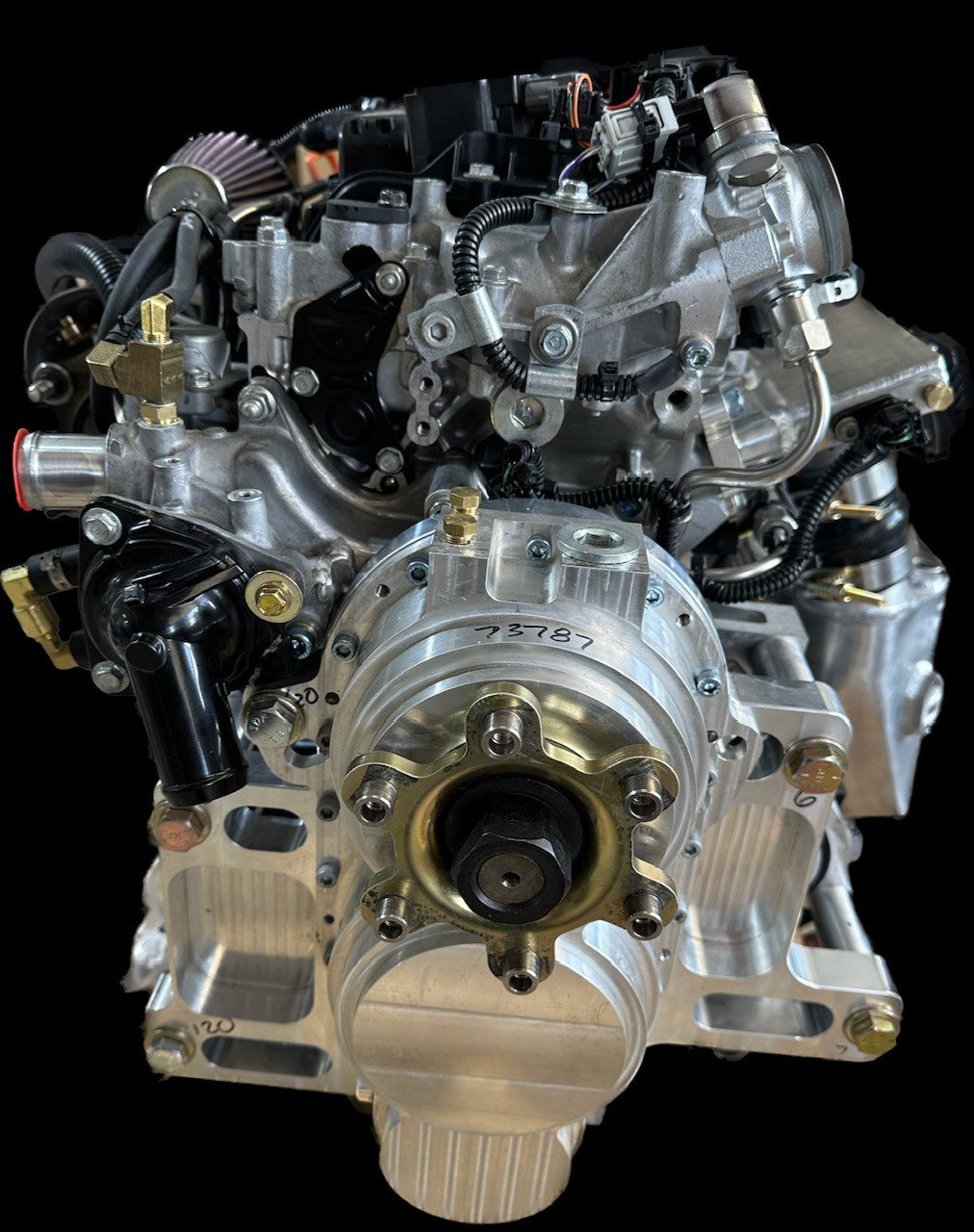
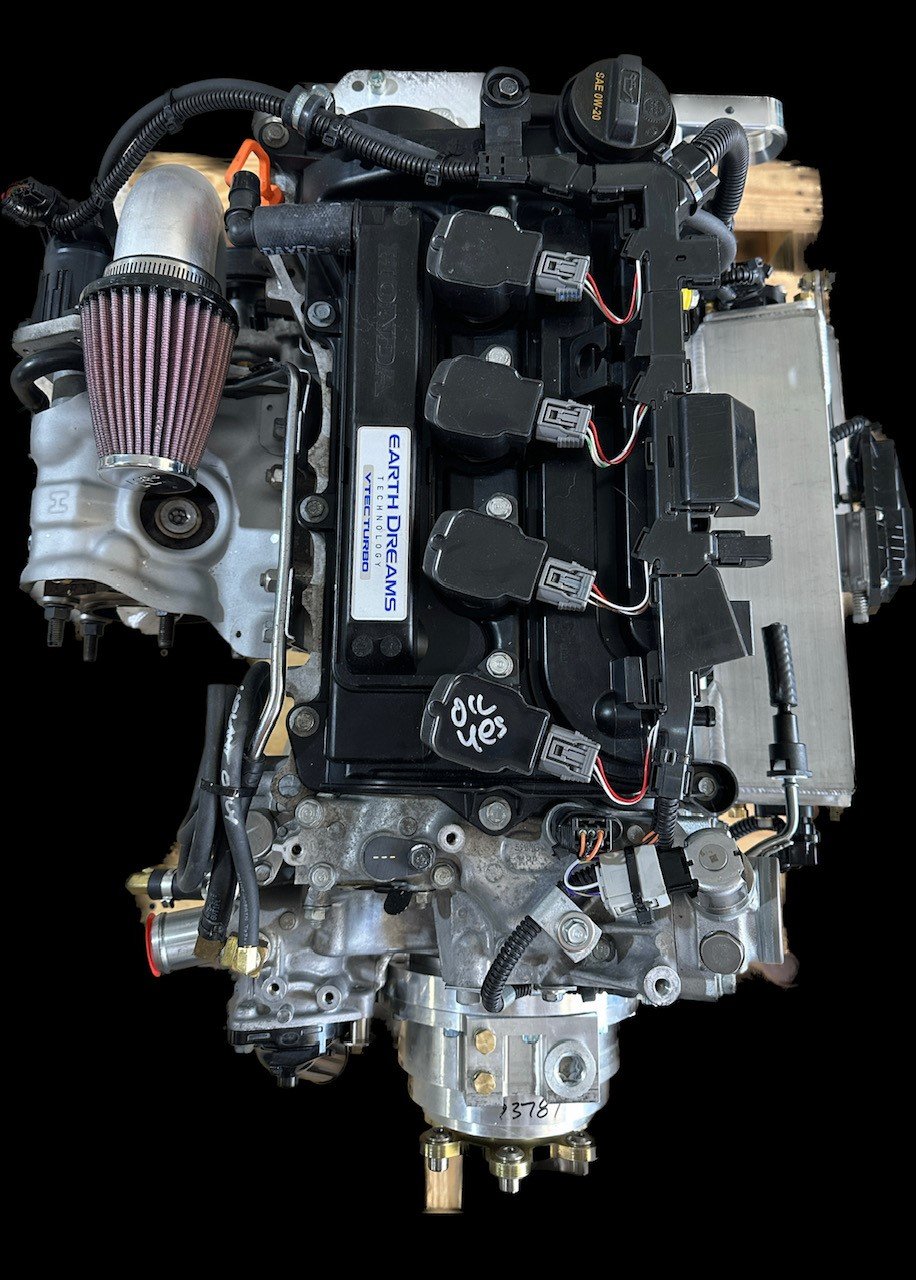
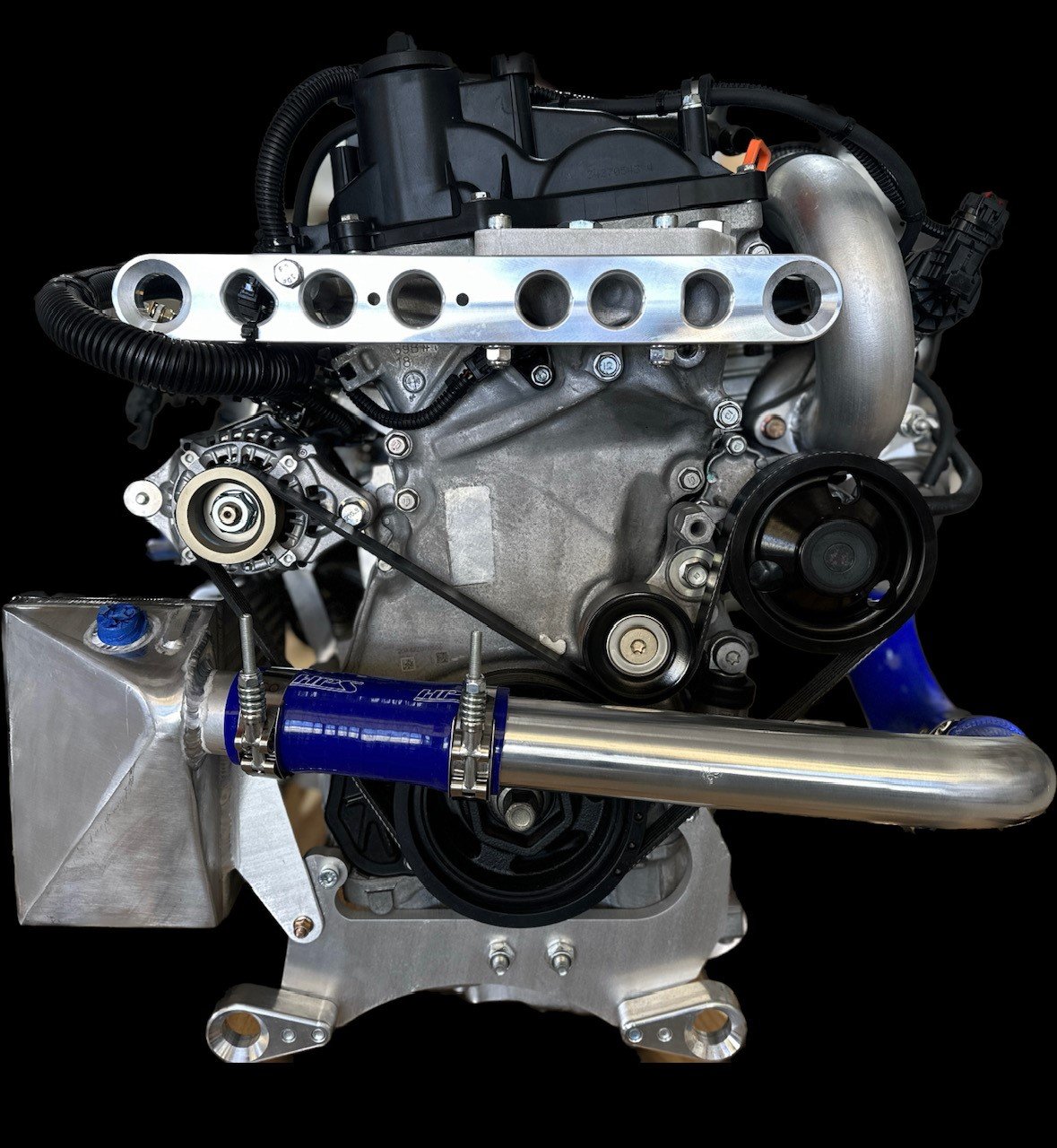
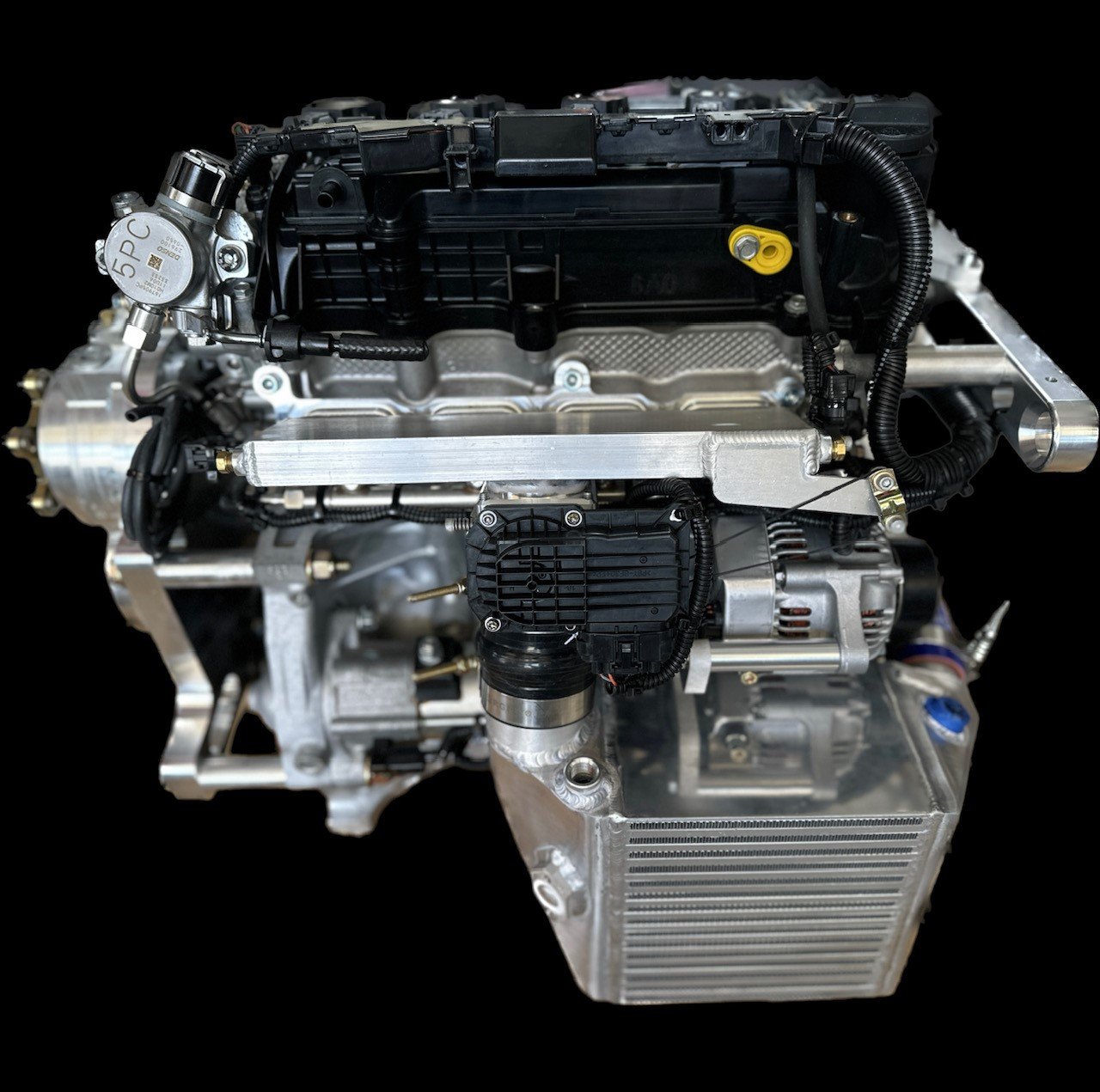
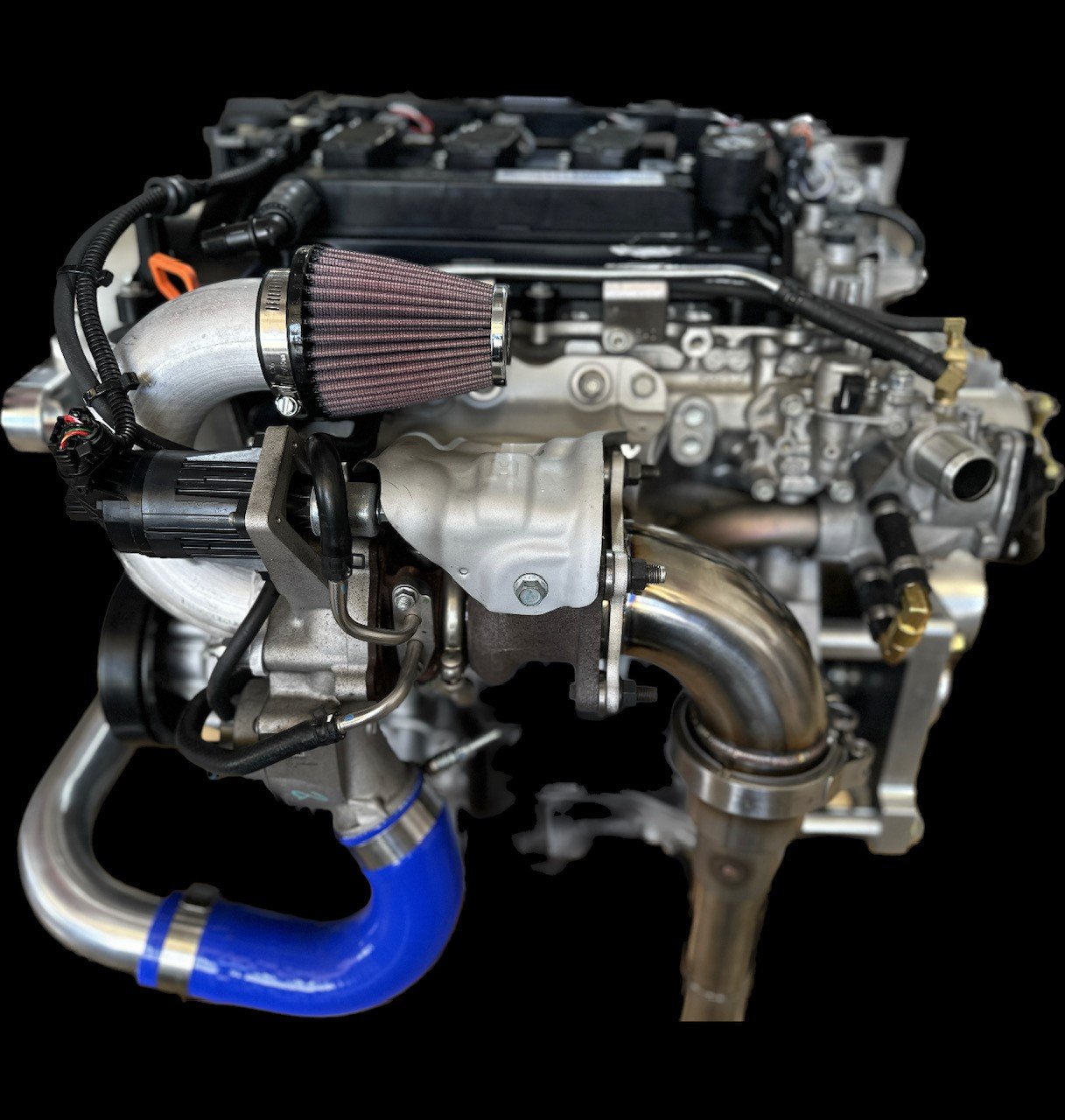
Viking 195 Turbocharged
Type: 1.5L, Direct Injected, 4 cylinder - Turbo
Horsepower: 195 @ 5400 RPM
Weight: 260 lbs.
Gearbox Ratio: 2.33/1
Compression Ratio: 10.30:1
Fuel Burn: 8.7 - 9.5 GPH
Takeoff RPM: Engine 5600 / Prop 2400
Cruise RPM: Engine 4900 / Prop 2100
Static RPM – STOL: Engine 5400 / Prop 2400
Static RPM – Cross Country: Engine 4800 / Prop 2100
Idle RPM: 1400-1600 RPM
Coolant Temperatures: 180 – 210 F
Oil Temperature: Not Measured
Oil Pressure: 20 – 125 Psi
Fuel Pressure: 43 Psi
Fuel: 91+ Octane or higher or 100LL (MUST use TCP/Decalin)
Length: 27 in.
Height: 24 in.
Width: 22 in.
Gearbox Oil: 75W-90 Mobile 1 Synthetic Gear Oil (8 ounces) 12 ounces of gear oil should be used with the 48 state gearbox
75W-140 Mobile 1 Synthetic Gear Oil
Gearbox Temperature: Should not exceed 240 F (200 with older style gearboxes)
Engine Oil: 0W-20 (not brand specific)
Coolant: Evans NPG Plus
Coolant System Pressure: 4-5 Psi or 2023 after 0 psi
Intercooler in: Max 250 F Degrees
Intercooler out: 150 F Max
VARIABLE PITCH:
MAX CRUISE MAP IS 45”
MIN RPM FOR CRUISE IS 4500
5 Blade DUC Starting prop pitch: 18 degrees
Maintenance:
Engine Oil Change: Every 50 hours (3.5 quarts)
Gearbox Oil Change: Every hour for the first 10 hours, then at every 25
Gearbox Service: Only necessary if metal is found within the oil, call Viking for maintenance
386-566-2616
Spark Plugs: Spark Plug (DILKAR8P8SY) (Ngk)
UNBOXING THE VIKING 195T
The L15B7 is a 1.5-liter I-4 turbocharged gasoline direct-injection engine that was first introduced in the 2016 Honda Civic. The engine is a result of Honda's downsizing strategy that involves using small displacement units in conjunction with a turbocharger to overcome the power problem. So, the 1.5L turbo engine provides fuel efficient, but at the same time decent power and torque exceeding the torque of a natural-aspirated 2.4L engine. The manufacturer already began offering the 1.5T engine for relatively heavy cars such as the Honda CR-V and the Honda Accord.
Let's take a closer look at what makes the Honda 1.5l turbo engine so efficient and powerful. The engine uses an aluminum open-deck cylinder block and aluminum cylinder head. The engine block is equipped with lightweight steel connecting rods (heat-forged for higher strength) to withstand high loads. There are also new cavity-shaped pistons, which have an optimized skirt design to minimize vibration and friction and increase operating efficiency. The manufacturers applied plateau honing (grinding process) for cylinder walls to reduce friction between pistons and cylinders even more. Pistons are cooled by oil spray jets directed at the bottom of the piston. The head design includes four valves for each cylinder and DOHC (dual overhead cam) driven by the timing chain. The intake and exhaust camshafts are equipped with actuators of the VTC. Each multi-hole direct fuel injector is placed between two intake valves; the spark plug is on top in the center of a combustion chamber.
The cylinder head has high tumble intake ports (tumble ratio is 1.9) that strengthen intake airflow and promote efficient fuel combustion. The 1.5T engine also has a water-cooled exhaust manifold built into the cylinder-head - exhaust-port passages cast directly into the head. The cooled exhaust gases (approximately by 100 deg C) prolong the longevity of the turbocharger components and also contribute to faster engine warm-up. The L15B7 engine has a mono/single scroll turbocharger MHI-TD03 with small-diameter turbines and electric wastegate. The small size turbo with electronic control minimizes a "turbo lag" effect and provides rapidly responds to acceleration. Boost pressure is 16.5 psi for a standard US Civic with 1.5t engine and a 10.6:1 compression ratio. To reduce the temperature of intake air compressed and heated by the turbocharger, Honda's 1.5t engine uses a more common air-to-air intercooler. After intercooler, air goes into a plastic intake manifold.
The 1.5-liter turbo engine for the Honda Civic Si copies the European 1.5T VTEC Turbo engine specs. It produces a 205 hp at 5,700 rpm and 192 lb-ft (260 Nm) at 2,100 rpm. The gain in power was achieved by using more performance intake camshaft and higher boost pressure - 20.3 psi. To be able to handle raised boost, this version has a lower compression ratio at 10.3 from 10.6 due to other pistons. The standard connecting rods were replaced by reinforced ones. More air needs more fuel - in this case, the Si engine was equipped with more productive fuel direct injectors.
Engines for the Accord and CR-V are based on the Si engine. The CR is 10.3:1. The boost pressure the Honda CR-V is 18.5 psi; it produces 190 hp and 179 lb-ft. The boost pressure the Honda Accord is higher - 20.2 psi; power output is 192 hp and 192 lb-ft.
For some fun videos flying this engine, look below. If you would like to dive into some more technical information pop on over to our technical section.
“I got a demo ride in the Viking powered 750 Super Duty and I was amazed by the power and how quiet it was. I already thought my Viking 130 was way quitter than the Cessna’s I fly, but the turbo engines was really quiet and smooth!”

